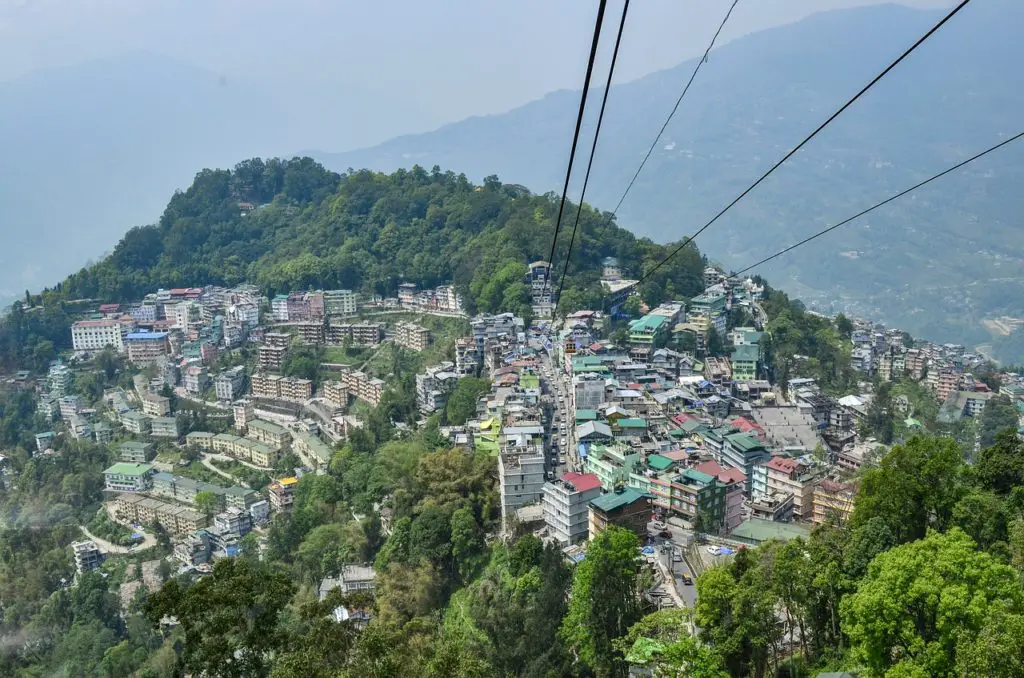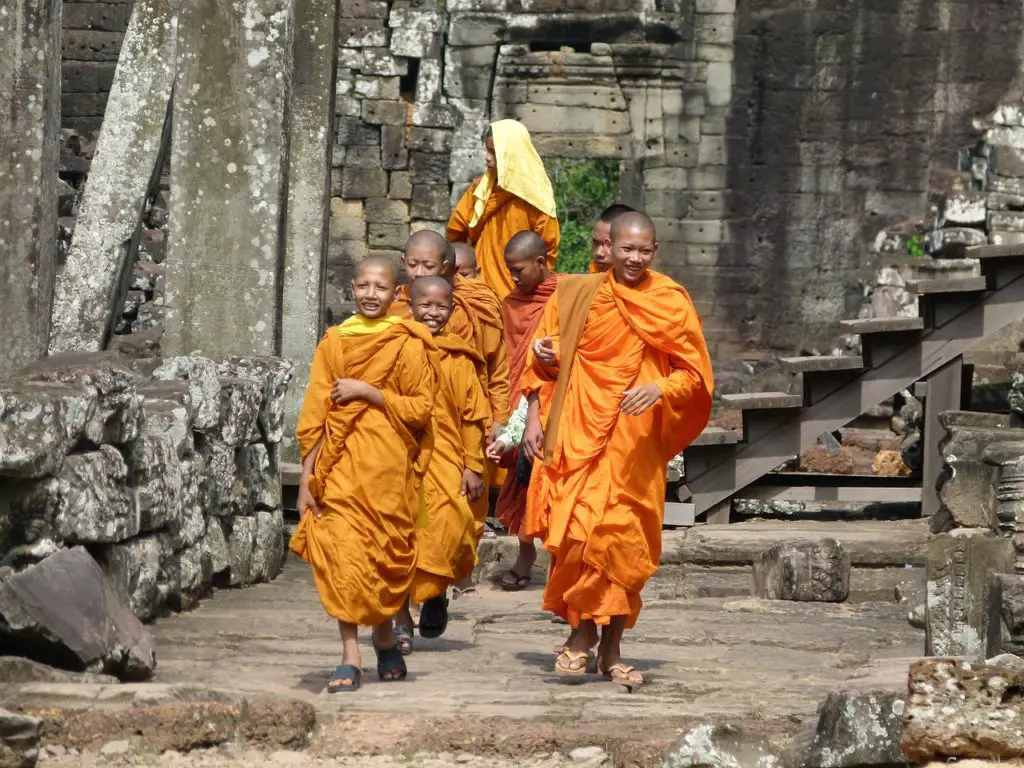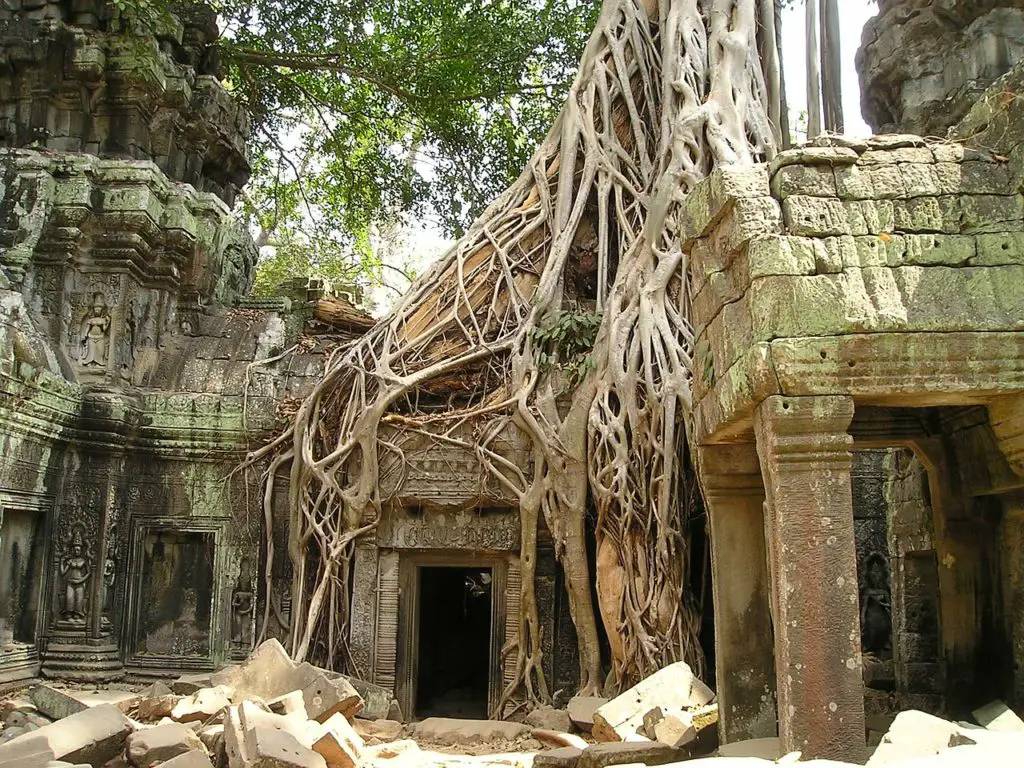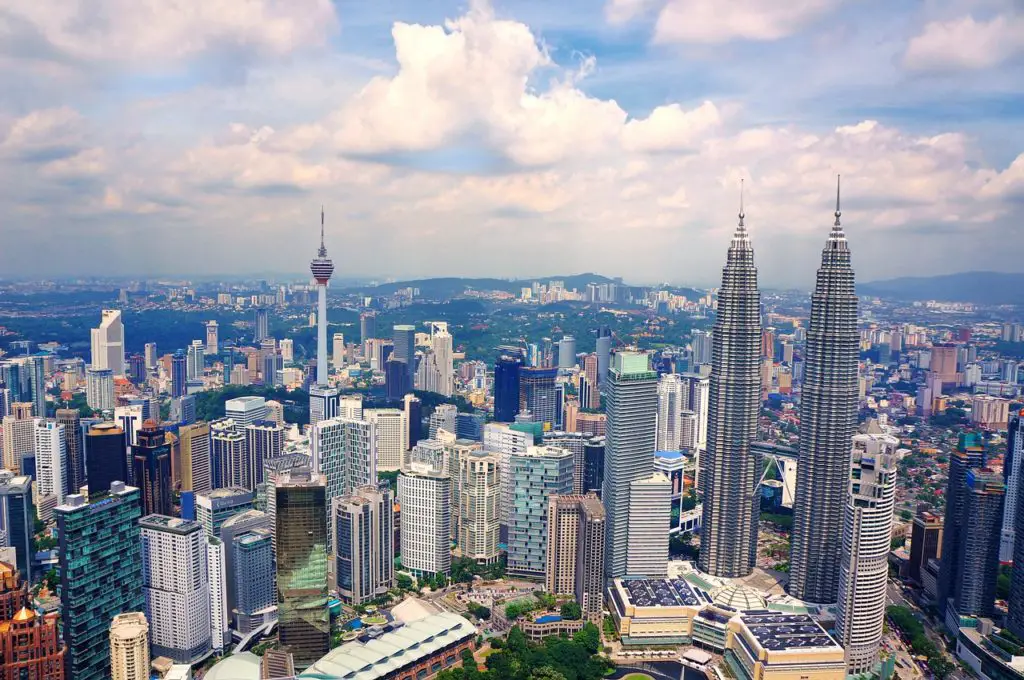Silk Route Sikkim was part of an ancient trade route that connected Central Asia to Europe. The ancient road was from Lhasa in Tibet to Tamluk Port in West Bengal with crossings at Nathula Pass in Sikkim.
Disclaimer: This post contains affiliate links. This means, if you click on the link and purchase the item, I will earn a small commission at no extra cost to you. Please read my Disclaimer Policy for more information.
Which route is Silk Route?
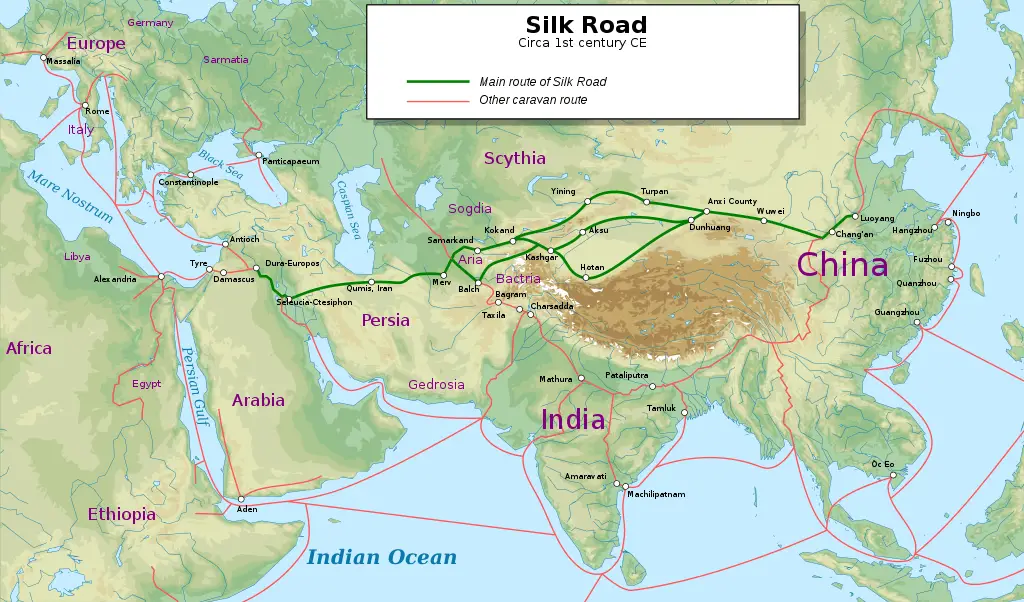
The Silk Route or Silk Road is an ancient trade route that connected the East to the West. The route was significant in enhancing political, economical, religious, and cultural interactions between two regions.
This route began in the 2nd century and continued until the 18th century. It was named Silk Road as China exported silk to the West and to the Roman Empire. The items exchanged from the East to the West were silk, tea, porcelain, dyes, spices, medicine, and perfumes.
The exchange from the West to the East were horses, saddles and riding tack, honey, fruits, glassware, gold, and silver.
An intangible benefit from the constant trade movement was the transfer of knowledge, religious beliefs, cultures, and ideas. Hinduism, Buddhism, Zoroastrian, and Islam were some of the major religions that spread across the Silk Road.
In 2013, China proposed the “One Belt One Road” Initiative. The maritime routes follow the 21st Century Maritime Silk Route. However, the future of the Belt and Road Initiative is yet to be seen.
The Silk Route Sikkim or also known as the Old Silk Route Sikkim is an ancient trade route that connects Bhutan, East India, China & Tibet to Tamluk near the Bay of Bengal. Tamluk was the link to the ancient Maritime Silk Road.
What is the best time to visit Silk Route Sikkim?
There are several months to visit Silk Route Sikkim. However, the best time to visit Silk Route Sikkim is from May to October when the weather is pleasant and suitable for travelers.
If you want to experience snow, then the best time to visit Silk Route Sikkim would be Mid-December to April. However, be prepared as the upper portions of the route may be inaccessible due to heavy snowfall.
Where is Silk Route in India?
India has 12 Silk Route sites which are spread across seven states. The states are Bihar, Jammu and Kashmir, Maharashtra, Punjab, Tamil Nadu, Puducherry, and Uttar Pradesh.
The 12 ancient sites are:
- Vaishali
- Vikramshila University
- Kushinagar
- Shravasti
- Kaushambi
- Ahichhatra
- Sanghol
- Arikamedu
- Kavaripattanam
- Harwan
- Nalla Sopara Stupa
- Indraprastha
These sites are listed on the UNESCO World Heritage Tentative List.
What Are The Best Places To Visit In Silk Route Sikkim?
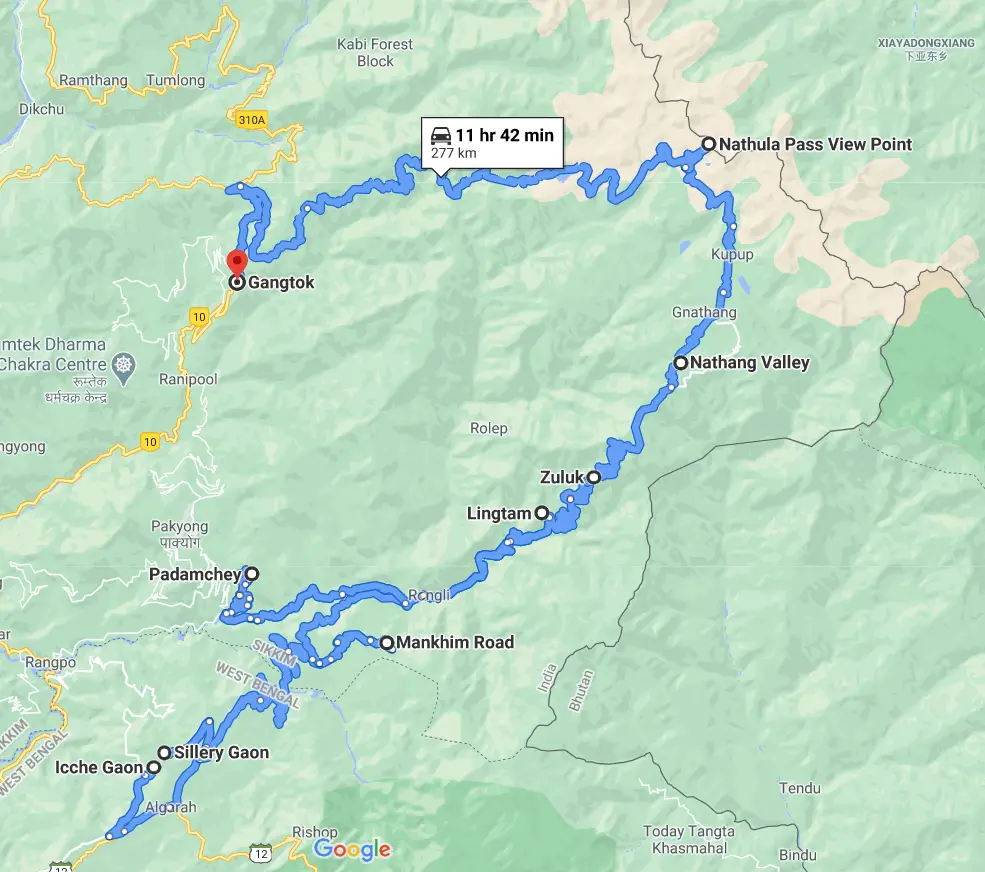
The map above shows the best place to visit on Silk Route Sikkim. The route covers villages, a border pass, and ends in Gangtok city.
Icche Gaon
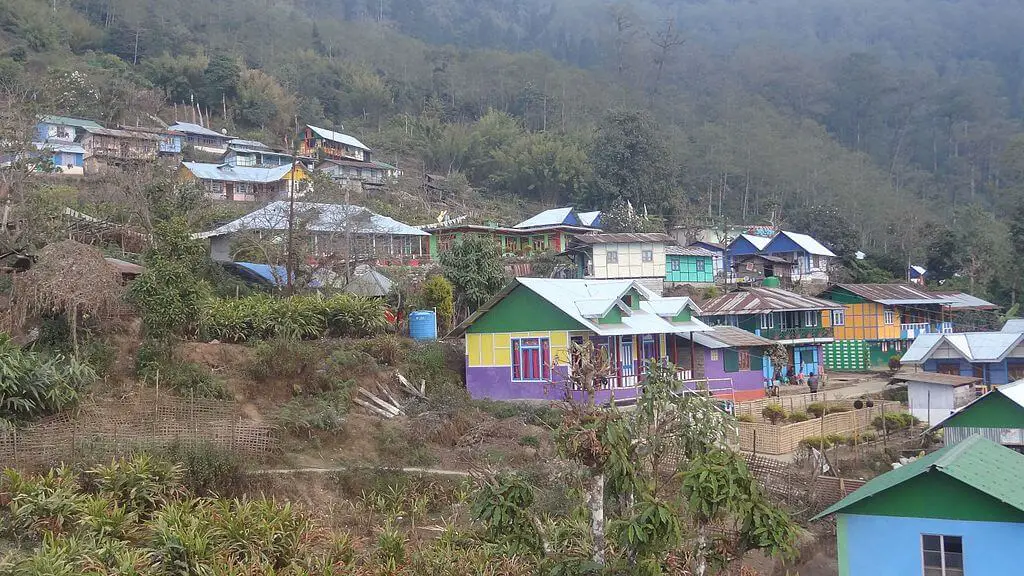
Icche Gaon is a village in Kalimpong in West Bengal. This village is about 58 miles from Bagdogra Airport and is located 5,800 feet above sea level. Some of the sights near this village include a range of trekking trails, the Ramatey Dara, and the Sangchen Dorjee Monastery.
Do you that Sangchen Monastery contains the mummified body of the last Shabdrung Rinpoche?
The brass statue is believed to be 252-years old was a gift from the British Army when it re-captured Buxa Fort in West Bengal.
Sillery Gaon
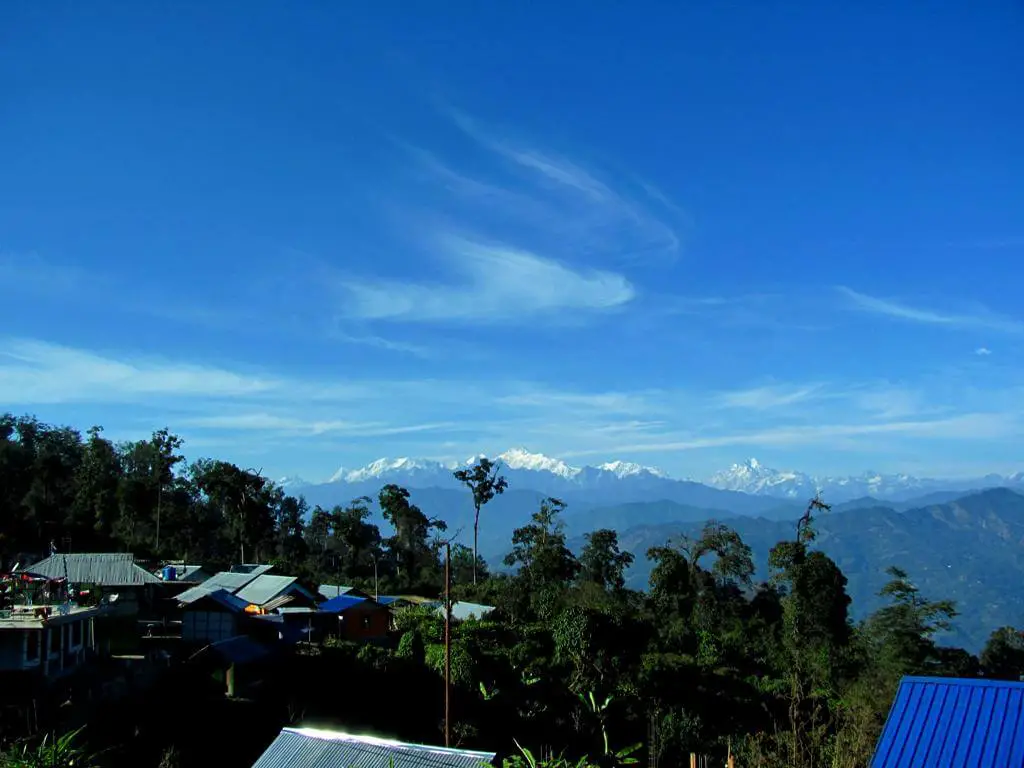
Sillery Gaon is a village about 10 miles from Incche Gaon. The name Sillery is from the word “Sillery Saag” which was grown, harvested, and sold by the villagers here. Farming is the main source of income.
However, with growing tourists, villages have converted their homes into homestays. Sightseeing along this village would include Ramitey and Tinchuley Viewpoints, Damsung Fort, Hanuman Top, and Silent Valley.
Do you know that Damsung Fort is the only fort in the Darjeeling district?
The fort was built in 1690 and was used as a defense against the Bhutanese attacks. The British took over the fort after the Anglo-Bhutan War of 1864. The fort is in ruins now and is worth a visit.
Mankhim
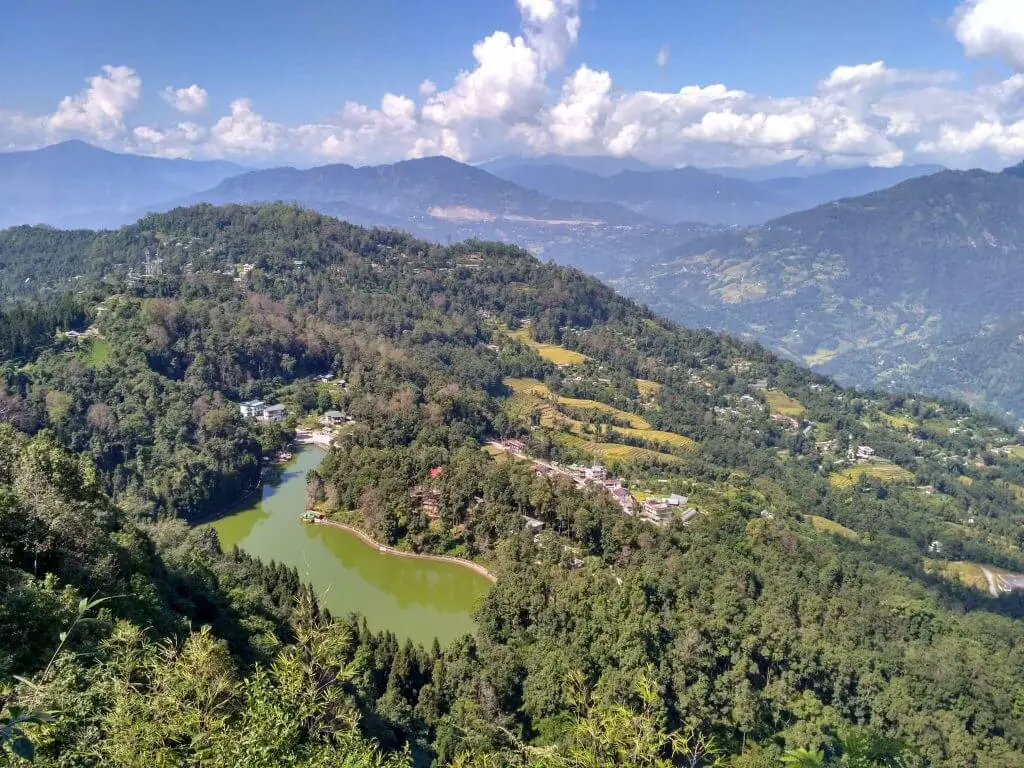
Mankhim is about 25 miles from Sillery Goan. The name of this town is Kirat Kambu or the Rai Temple. The Rai are an indigenous group from Nepal. There are several sights to visit in this town. The sights are Lampokhari Lake, Dak Bungalow, Parbateyswar Shivalaya Mandir, and Nirmal Dham.
Do you that Lampokhri Lake is the oldest natural lake in Sikkim and is known as the Boot-Leg Lake?
Lingtam
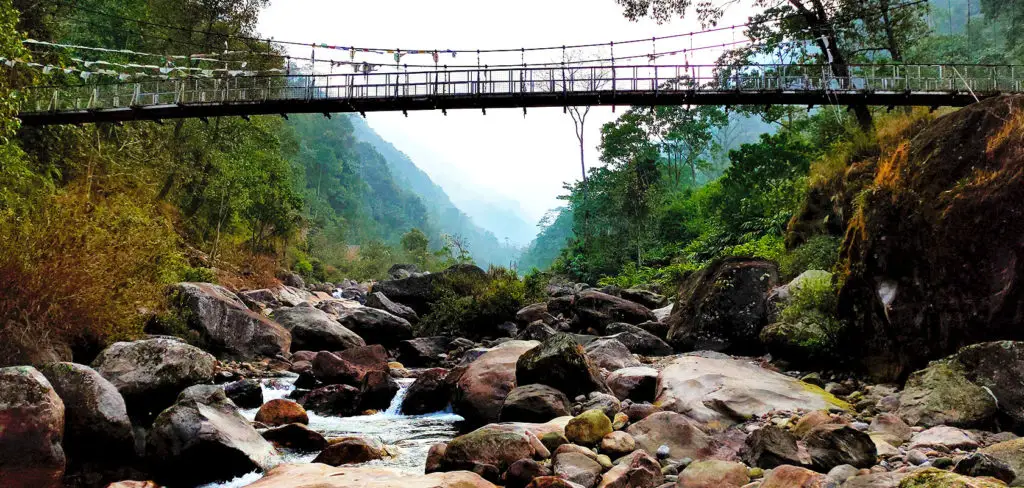
Lingtam is the gateway to Silk Route Sikkim. It is the first village one arrives at after completing the necessary paperwork at Rongli. Lingtam is 19 miles from Mankhim which is about an hour and a half drive.
For sightseeing, there are two monasteries which are Lingtam Monastery and Agomlok Monastery. Gambirey waterfalls is a short distance away.
Padamchen

Phadamchen is a hamlet about 5 miles from Lingtam. Phadamchen has pleasant weather all year round and is a must-stop destination on Silk Route Sikkim. The most visited sight is the Nimachen Karma Tashi Chokorling Monastery.
Zuluk
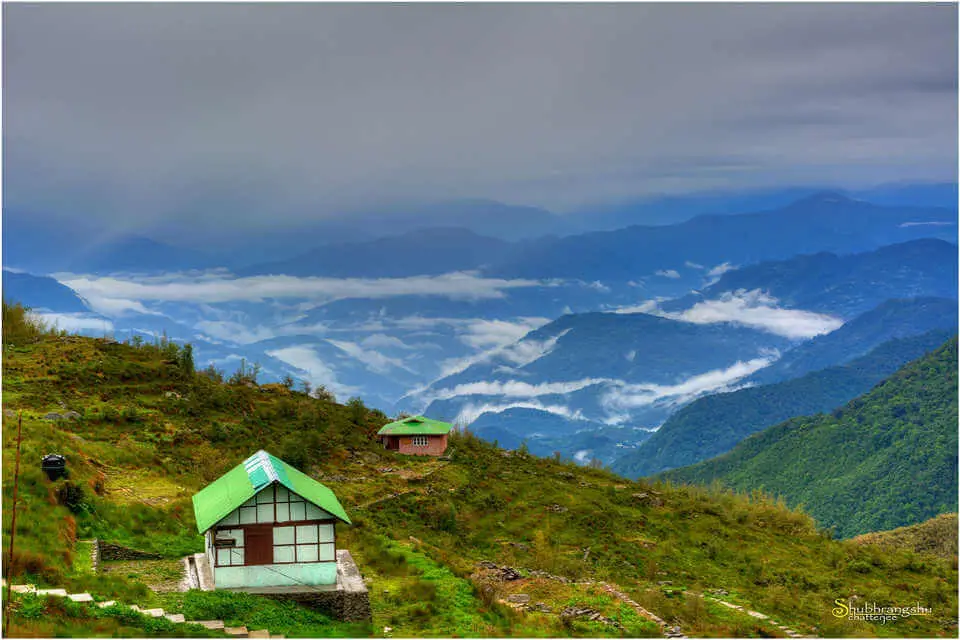
Zuluk is a small village at a height of 9,400 feet above sea level. This place is about 6 miles from Phadamchen. Zuluk was in use until the Chinese invasion of Tibet.
Zuluk is the best place to stay as it is connected to other towns on Silk Route Sikkim. Some of the homestays available are Zuluk Arjastik Homestay and Hill Homestay.
As for sightseeing, one can go to Thambi Viewpoint or Lungthung Viewpoint for some of the best views of Mount Kanchenjunga. You can opt for a day trip to Nathang Valley or visit Adi Baba Mandir. Kalpokhari Lake is not be missed as well.
Nathang Valley
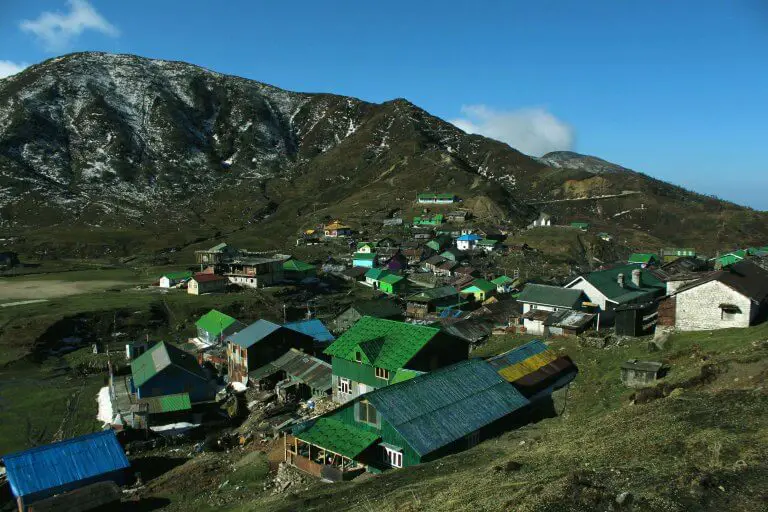
Nathang Valley is 15 miles from Zuluk and is an hour’s drive. This valley is an offbeat destination. Its raw beauty is stunning and untouched by tourism. Perched at 14,000 feet above sea level, this valley is “Ladakh of the East”.
Some of the sights worth visiting are Elephant Lake, Eagle’s Nest Bunker, Lake Menmecho, Tukla Valley, and Baba Harbhajan Singh Mandir. There are two Baba Mandir which are the Old Mandir and the New Mandir.
Nathu La Pass
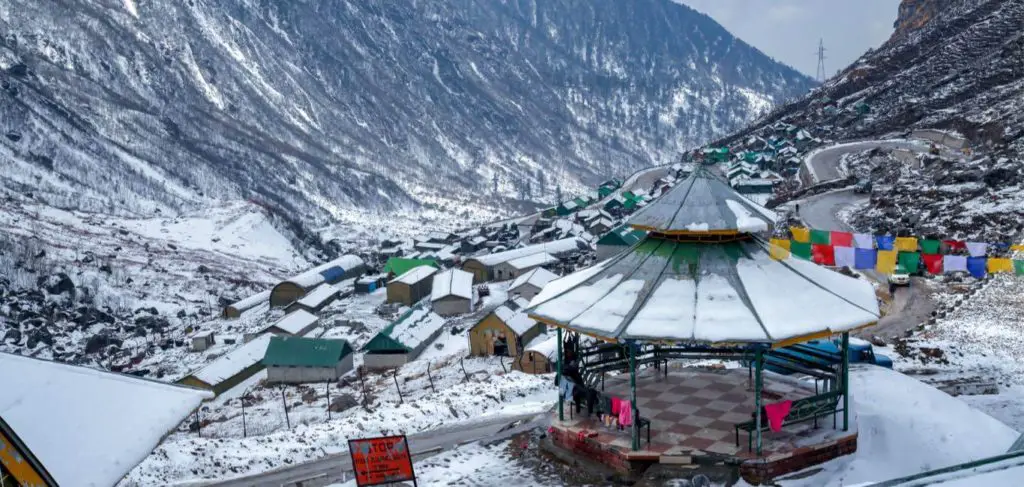
Nathu La Pass is a border outpost that connects India’s Sikkim to China’s Tibet. This pass is historically significant as it is an offshoot of the Tea Horse Route. This route was named such because tea & Tibetan ponies were traded along the route.
Gangtok to Nathu La Pass is 33 miles and takes about 2 hours. International tourists are not allowed in this area according to this Entry Criteria. International tourists are not allowed beyond Tsomgo Lake.
Tea Porters
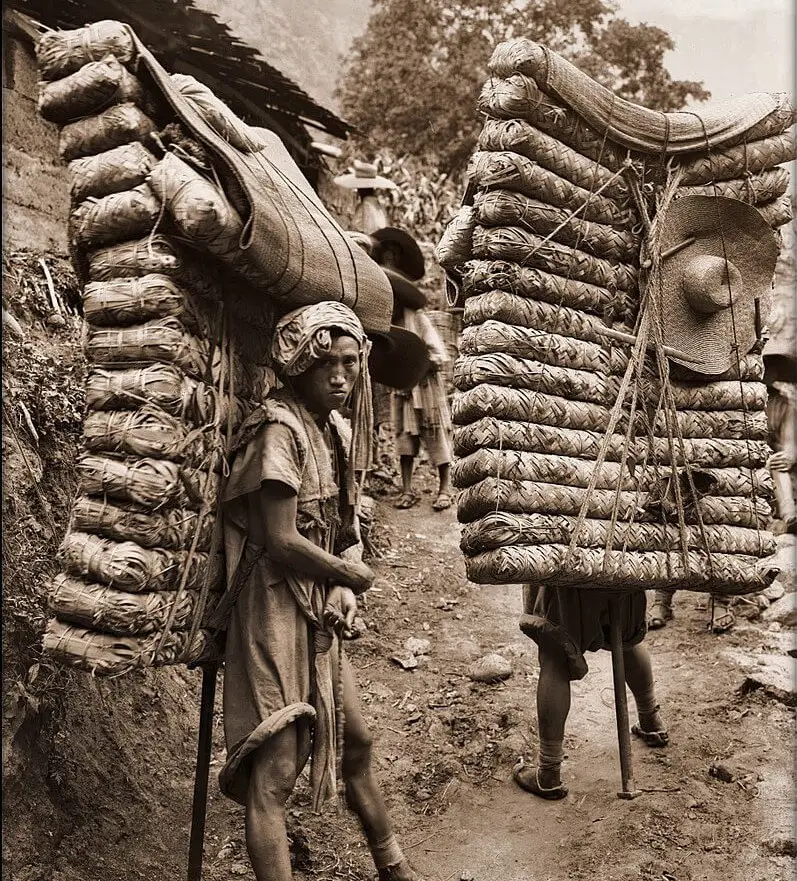
On the Tea Horse Road, both people and horses carried heavy loads. These tea porters carried weights about 60-90 kilograms more than their body weight.
Do you know they carried metal staffs for balance and weight so that they did not have to lay the bales down while resting?
Gangtok City

Gangtok is the largest town in Sikkim. The name means “Top of the Hill”. Two popular foods are the Momo and Thukpa. Gangtok is on Lonely Planet and Rough Guides.
Some of the popular sightseeing spots are Enchey Monastery, Ganesh Tok, Namgyal Institute of Tibetology, Do-drul Chorten, and Himalayan Zoological Park.
Fun Facts About Gangtok
- Gangtok is a litter-free, spit-free & plastic-free zone since 1997.
- This city was once the capital of the Chogyal Monarchy from 1642 to 1975. Gangtok remained the capital after it became the 22nd state in India. New York Times reported Sikkim’s merge with India.
- The last sovereign King of Sikkim is Wangchuk Namgyal. He presently lives like a monk.
- Gangtok is also home to the elusive Red Panda. These pandas are an endangered species.
What is Silk Route and Spice Route?
In simple terms, Silk Routes are the overland routes that connected the East to the West. Spice Routes are the maritime routes that link the East to the West.
The Spice Route began from the West Coast of Japan, through the Malacca Straits and around India, the Middle East, and eventually to the Mediterranean and Europe. Check out Remapping the Spice Route and why trade on the Silk Road was important.
Is Silk Route Sikkim Worth Visiting?
Yes! Sikkim is one of the unexplored regions in India and is off the beaten trails, even for local tourists. Rest amidst beautiful mountain ranges or walk on the staircase to the Indo-Chinese border, the choice is yours.
Do you know how Silk Route travelers survived the terrains in Ladakh?
Sikkim is on Traveller, New York Times, and Bangalore Mirror. Check out the List of North East Places to Visit or visit Sikkim’s Hidden Gems and plan your journey to the beautiful state in India.
RELATED:
